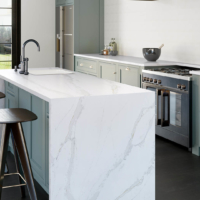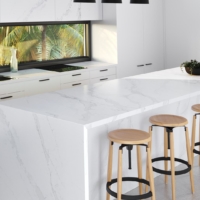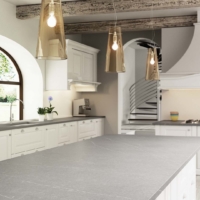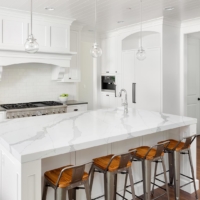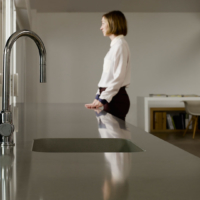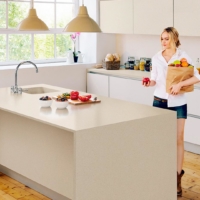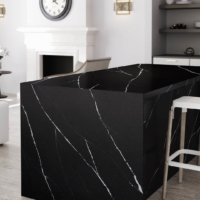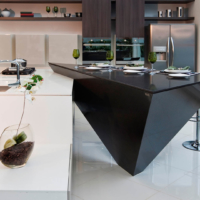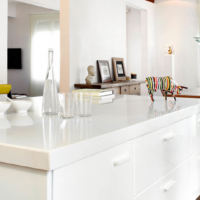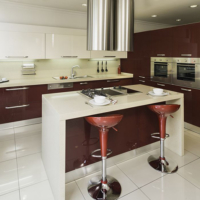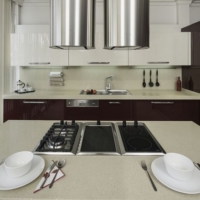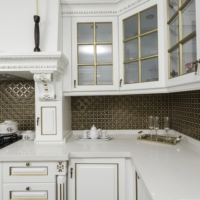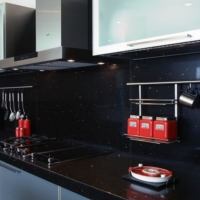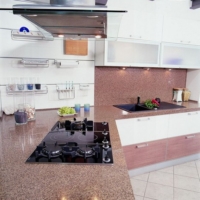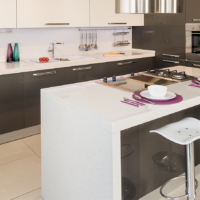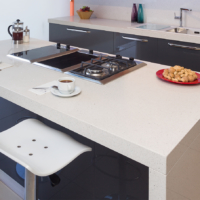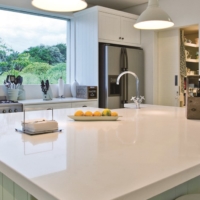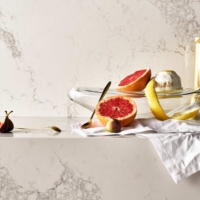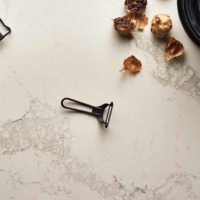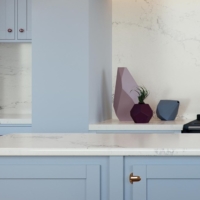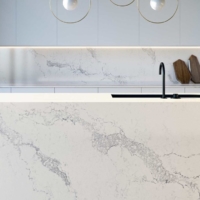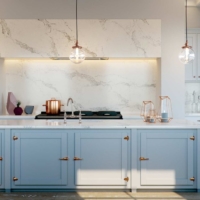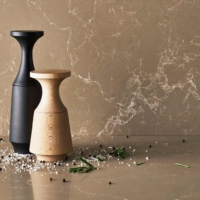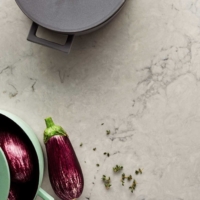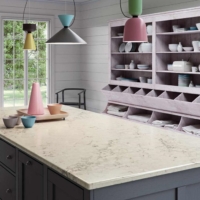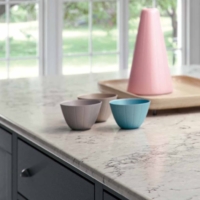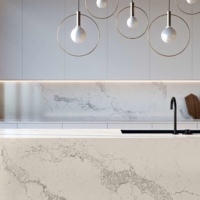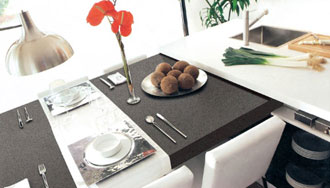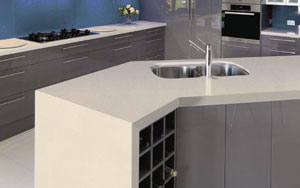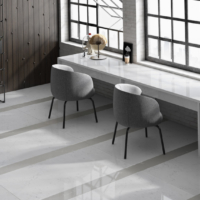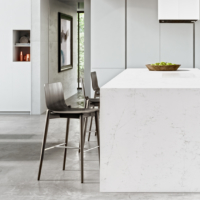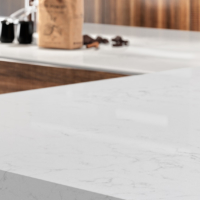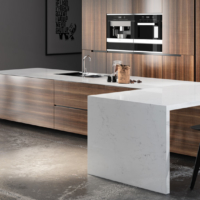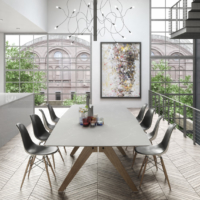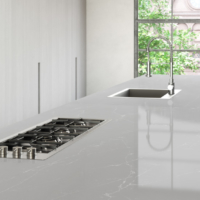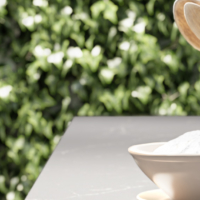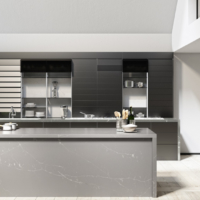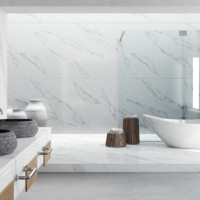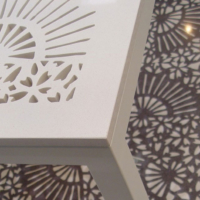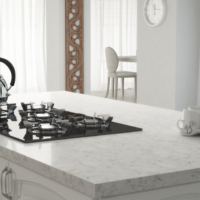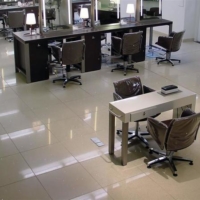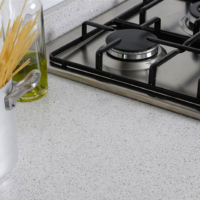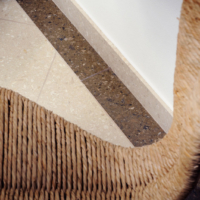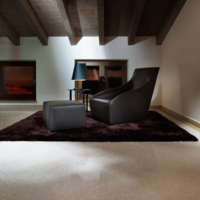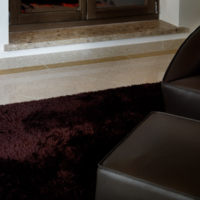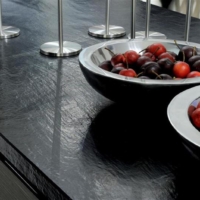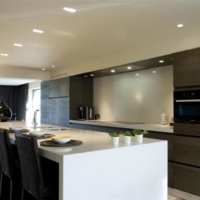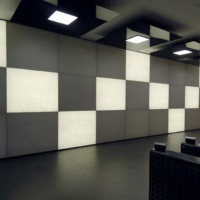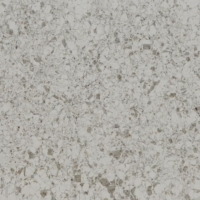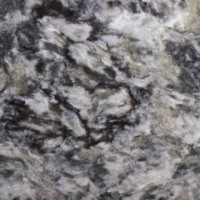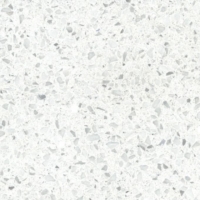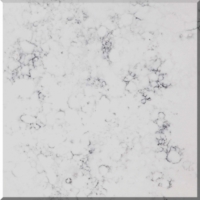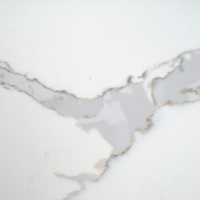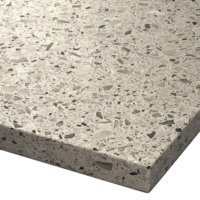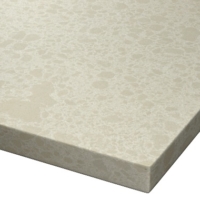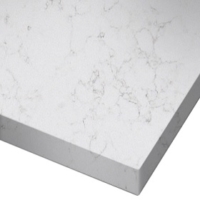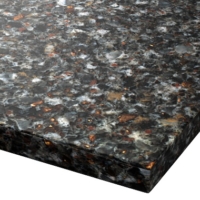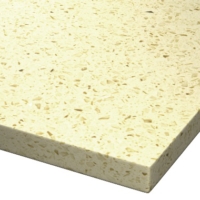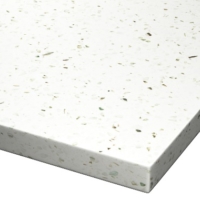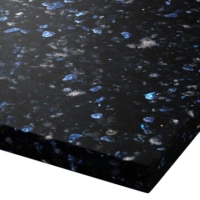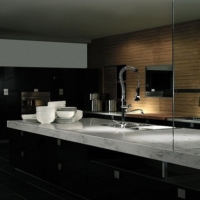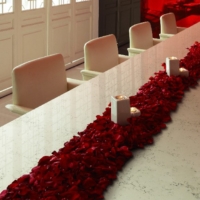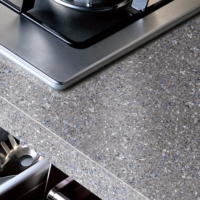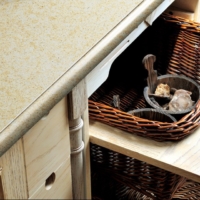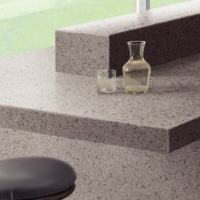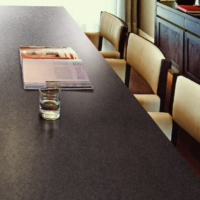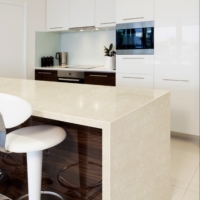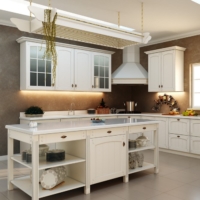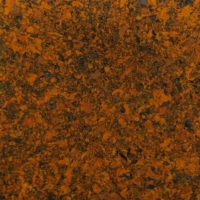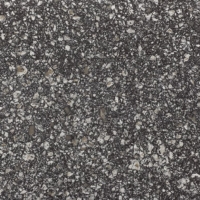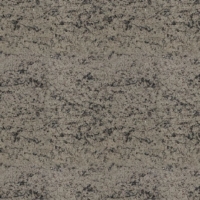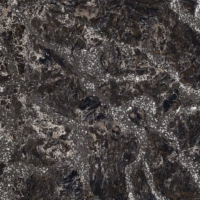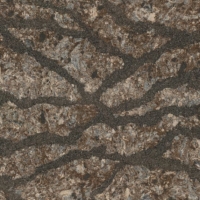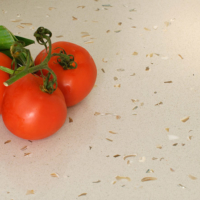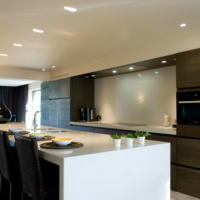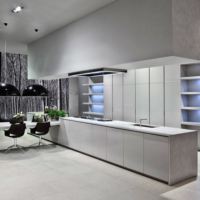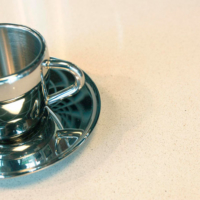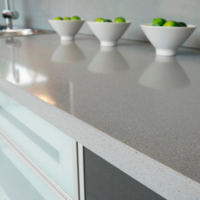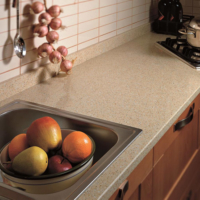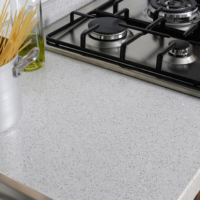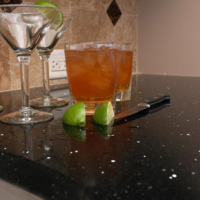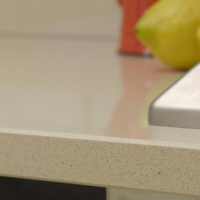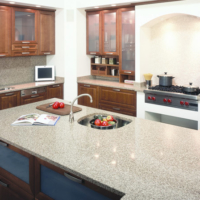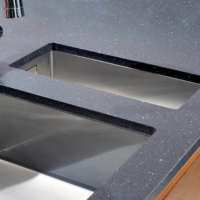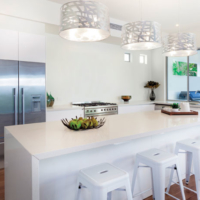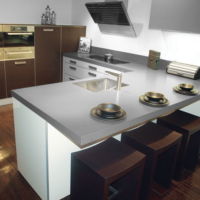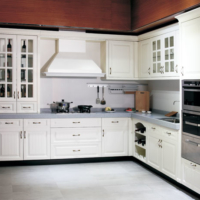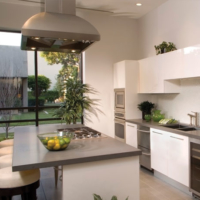When it comes to creating a modern, stylish, and practical kitchen, your choice of worktop can make all the difference. Among the many materials available, Silestone worktop have become a favorite for homeowners and designers. Known for their durability, stunning design options, and low maintenance, Silestone surfaces are the perfect choice if you want to transform your kitchen into a luxurious yet functional space.
In this guide, we’ll explore the best Silestone worktop ideas, how to style them, their benefits, and frequently asked questions to help you choose the right one for your kitchen.
Why Choose a Silestone Worktop?
Before diving into design ideas, it’s important to understand why Silestone has become one of the most popular worktop choices:
-
Durability – Made from 90% quartz, Silestone is highly resistant to scratches, stains, and impact.
-
Low Maintenance – Unlike natural stone, Silestone does not need sealing. Regular cleaning with mild soap and water is enough.
-
Variety of Colours and Finishes – From pure whites to dramatic blacks and marbled effects, Silestone comes in over 50 stunning shades.
-
Non-Porous – Resistant to bacteria growth, making it a hygienic choice for kitchen spaces.
-
Warranty – Many Silestone products come with a 25-year warranty, giving homeowners peace of mind.
Best Silestone Worktop Ideas for Your Kitchen
Here are some inspiring design ideas that can transform your kitchen using Silestone worktops:
1. Classic White Silestone Worktop for a Minimalist Look
White kitchens remain timeless. A Silestone Blanco Zeus or Iconic White worktop gives your kitchen a sleek, modern feel. Pair it with white cabinets for a clean look, or contrast it with dark cabinetry for a striking effect.
2. Marble-Effect Silestone Worktops
If you love the elegance of marble but want something more durable, Silestone’s Eternal Series is ideal. Colours like Eternal Calacatta Gold or Eternal Statuario replicate natural marble veining, bringing luxury to your space without the maintenance.
3. Dark and Dramatic Kitchen with Black Silestone
For a bold, contemporary design, opt for Silestone Marquina or Iconic Black. These worktops add depth and sophistication, especially when paired with metallic accents or matte cabinetry.
4. Industrial Style with Grey Silestone
Grey tones such as Silestone Cemento Spa or Concrete Pulse create an industrial-inspired look. These shades work perfectly with exposed brick, metal fixtures, and minimalist lighting.
5. Warm Neutrals for a Cozy Feel
If you want a warm and inviting kitchen, go for Silestone colours like Tigris Sand or Coral Clay. These softer shades complement wood cabinets and natural décor.
6. Waterfall Edge Silestone Worktops
For a modern statement, extend your Silestone worktop down the sides of your island to create a waterfall edge. This design feature works beautifully in open-plan kitchens and adds a luxurious touch.
7. Two-Tone Kitchen with Contrasting Worktops
Mix and match by combining a light Silestone worktop on your main counters with a darker shade on your island. For example, Blanco Norte with Iconic Black creates a stunning visual balance.
8. Textured and Matte Silestone Finishes
Silestone is available in Polished, Suede (matte), and Volcano (textured) finishes. For a contemporary look, consider a Suede finish in earthy tones—it softens the overall feel of the kitchen while reducing glare.
9. Eco-Friendly Silestone Choices
For sustainable kitchen design, Silestone offers Sunlit Days, its first carbon-neutral quartz collection. Colours like Arcilla Red or Cincel Grey bring eco-conscious beauty to your kitchen.
10. Thin Profile Silestone Worktops
Slimmer worktops (12mm) give your kitchen a modern, streamlined aesthetic. Perfect for minimalists who prefer sleek lines over chunky countertops.
How to Style a Silestone Worktop
Once you’ve chosen your Silestone design, consider these styling tips:
-
Pair with Matching Backsplash – A continuous Silestone backsplash creates a seamless look.
-
Add Statement Lighting – Pendant lights above a Silestone island highlight its beauty.
-
Choose Complementary Cabinet Colours – For white worktops, go bold with navy or emerald cabinets. For dark Silestone, pair with lighter tones to avoid a heavy look.
-
Incorporate Natural Elements – Wood accents and plants soften the modern look of Silestone.
Benefits of a Silestone Worktop in Modern Kitchens
-
Long-lasting and resistant to daily wear and tear.
-
Huge variety of colours and finishes to suit any style.
-
Hygienic, safe for food preparation.
-
Increases home value due to premium appeal.
-
Easy maintenance compared to natural stone.
Frequently Asked Questions (FAQ)
1. How do you clean a Silestone worktop?
Simply use a mild detergent and warm water. Avoid harsh chemicals like bleach, which can damage the surface over time.
2. Does Silestone scratch easily?
No. Thanks to its quartz composition, Silestone is highly scratch-resistant, although cutting directly on the surface is not recommended.
3. Can I place hot pans on a Silestone worktop?
It is heat-resistant, but sudden thermal shock may cause cracks. Always use trivets or heat pads.
4. Is Silestone better than granite?
Silestone is more consistent in colour, less porous, and easier to maintain compared to granite. Granite, however, offers a unique natural look.
5. How much does a Silestone worktop cost?
Prices vary depending on thickness, finish, and colour, but Silestone is generally mid-to-high range, reflecting its premium quality.
6. Does Silestone fade over time?
Silestone is UV resistant, making it suitable for indoor use without fading. Outdoor installation is not recommended unless specified.
7. Can I install Silestone myself?
Professional installation is highly recommended to ensure precise fitting and warranty coverage.
Final Thoughts
Choosing the right Silestone worktop can completely transform your kitchen. Whether you prefer timeless whites, bold blacks, or warm neutrals, Silestone offers endless design possibilities. With durability, low maintenance, and aesthetic appeal, it’s no wonder these quartz worktops remain a top choice for modern kitchens.

